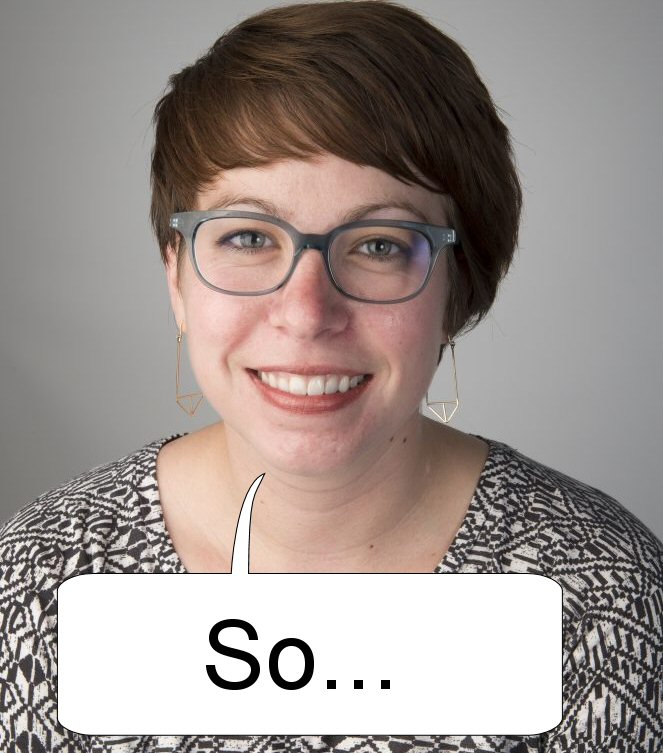|
The leftists of academia are busy building blacklists of websites they do not approve of . A prominent voice and early blacklister has been Melissa Zimdars of Merrimack College. She recently did an interview with James Hoyt of USA Today. Here's a snippit of that interview.
|
Have you seen that list of fake news sites to avoid that’s been spreading like wildfire this week?
It was created by Melissa Zimdars, associate professor of communications at Merrimack College. USA TODAY College talked with Professor Zimdars to ask her about her list. UPDATE: The list was taken offline after this interview was first published. Note: This interview has been edited lightly and condensed for clarity. What caused you to compile this list? So, the list was originally just intended for my “Introduction to Mass Communication” students. We’ve been talking in the last month about journalism and newspapers and having frequent conversations about the election and media coverage, and I was concerned, at times, by some of the sources that they were citing, which is the concern I’ve had for years — and almost anyone who teaches at a college will say that that’s an increasingly important issue, especially since so many of them just Google whatever information they’re looking for. So … I posted it to Facebook to my friends, you know, “Hey, media and communication people, if you think of other examples you come across,” and so many of them sent me Facebook messages or comments and emails and I looked through them or through some of the people sent me blogs or other sources.
Read the full interview at USA Today.
|
One of the main impetuses besides making it public on Facebook to share with other media scholars was someone telling me when you Google popular vote counts, the first Google News item that pops up is “70news.wordpress.com” which is a fake website saying that Hillary Clinton lost the popular vote. I was like, “Oh my gosh.”
And so at that point I started adding to it more, and it just took off. It wasn’t intended to be widely distributed. It was intended to be talked about in class or to have other media and communications teachers talking about it with their students.
But not all the sites on the list consist of entirely fake stories, right?
I think it’s really important to note that on this document I created, there’s four different kinds of sources, and so a lot of the problem, and why I’m actually personally considering removing the document temporarily, is because I don’t think people are actually reading it when they’re sharing it. And I’m worried that it might be perpetuating misinformation when that’s what it’s supposed to be trying to help.
Because that list identifies some fake news sites, some that may be misleading or unreliable that do report sometimes on actual events to various degrees to truthiness.
Then there are sites that generally do okay reporting on stuff, but they rely on clickbait-style Facebook descriptions or headlines to encourage circulation, so sometimes those headlines don’t match with the articles’ content, and that can lead to misinformation.
And then the last is just satirical websites that some people take literally. The idea there is that if you’re on The Onion and really mad about what you’re reading, maybe read some more, because this is a satirical website.



